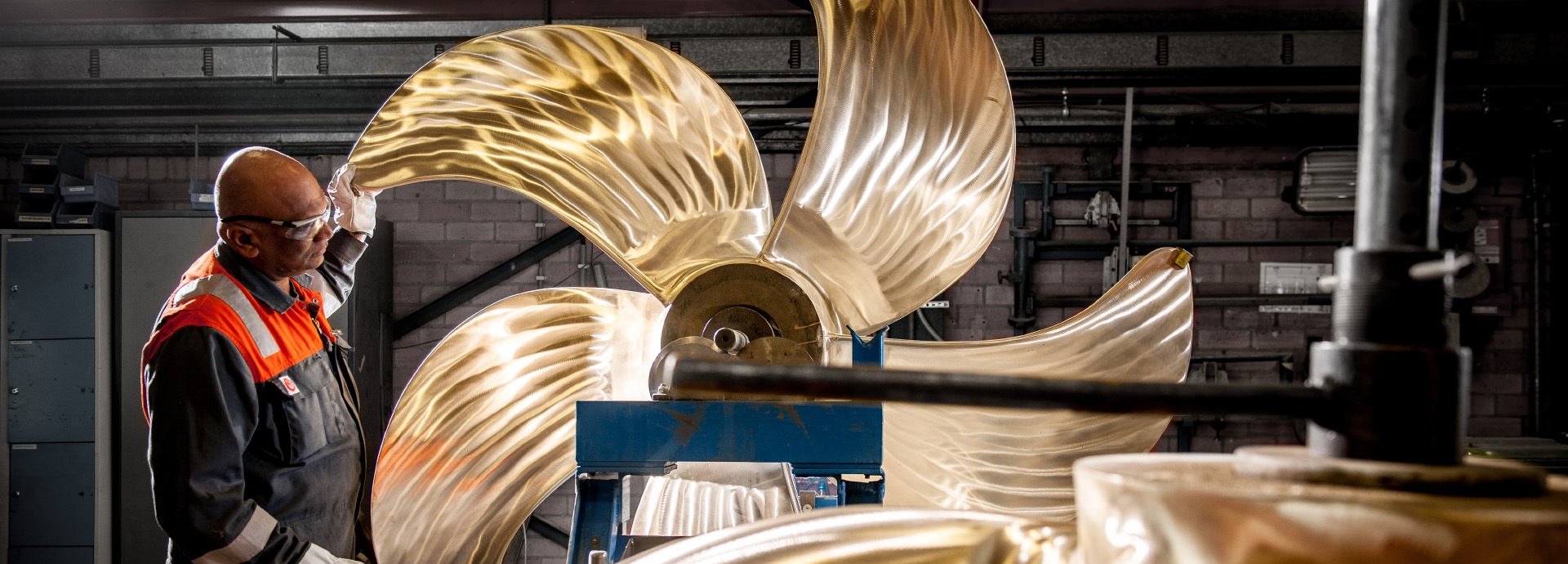

Avoid engine overload by increasing the shaft speed
A propeller is engineered to last throughout the lifetime of a vessel. However, certain operational factors, such as biological growth on the hull or a change in operating conditions, can result in the relationship between the propeller and the engine being disturbed.
When the effect becomes too serious, engine overload is inevitable. In most cases, this is noticeable by black smoke emerging from the exhaust pipes. This results in higher fuel consumption and increased wear of engine parts, such as pistons, liners, and valves, increasing the maintenance costs. It is estimated that 20% of the world’s fleet suffers from heavy running propellers, whilst the solution by means of modification is within reach and has proven to be very effective.
A propeller is “heavy running” if the propeller curve no longer matches engine performance. Changing the pitch of the propeller can restore good interaction between propeller and engine. A decrease in pitch achieved with a Trailing Edge Modification will result in the desired higher RPM for the propeller. Project Specific hydrodynamic analyses are always conducted during the design phase of the modification to ensures that the main characteristics, such as power absorption and speed of the vessel, remains same as prior the modification.

Key benefits
- Improved engine performance by preventing engine overload
- Optimised propeller running conditions
- Reduced fuel consumption
- Decreased wear of the engine parts
Technical info
Application
Technical info
The trailing Edge Modification increases the shaft speed by decreasing the mean pitch of the propeller. Depending on the project-specific requirements, current geometry and installed power, cavitation, pressure pulse, and strength calculations will be performed for both the original and modified propeller to ensure safe operation.
Application
Fixed Pitch Propellers (FPP) of any propeller brand
Customer stories
Discover the benefits others have already gained from Wärtsilä EnergoFlow for improved energy efficiency.





